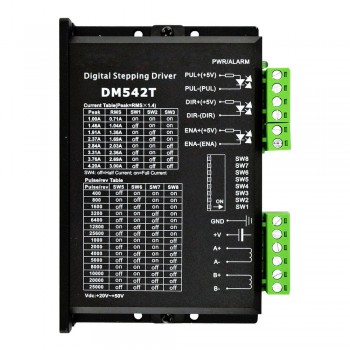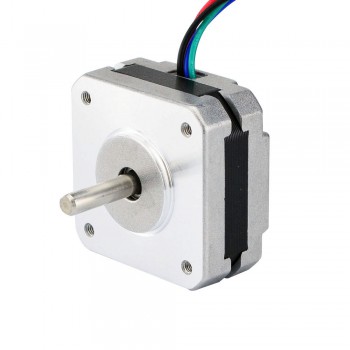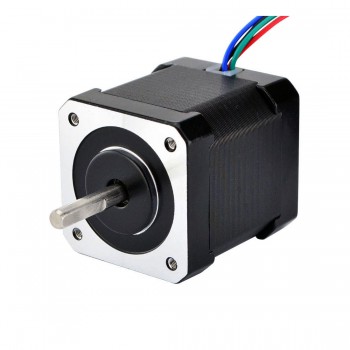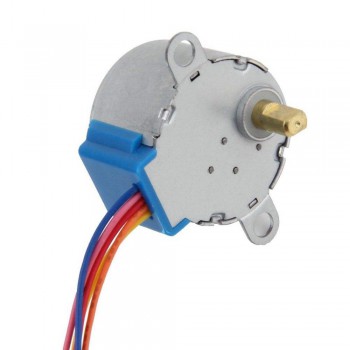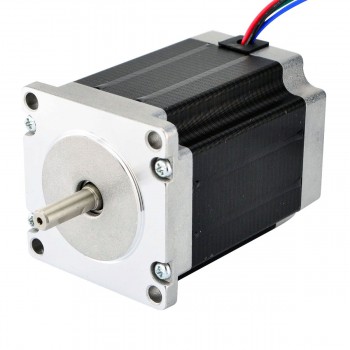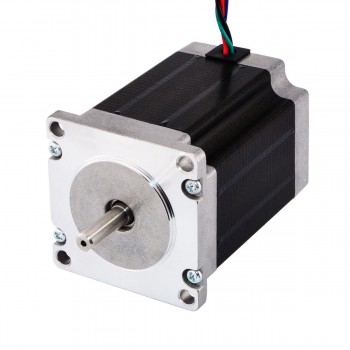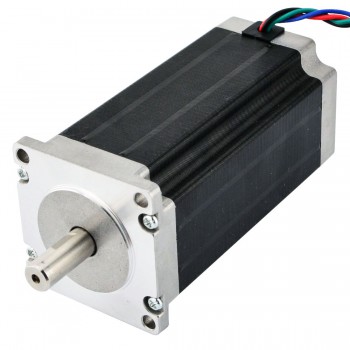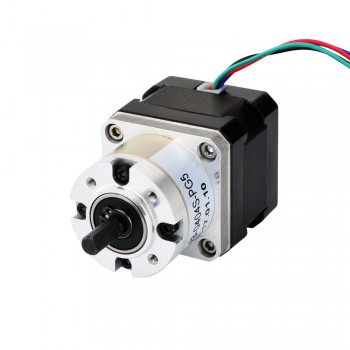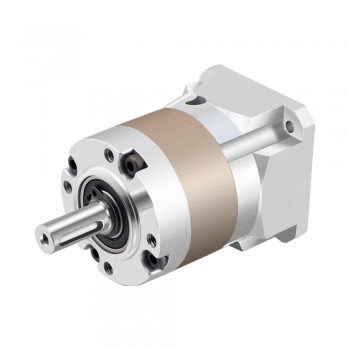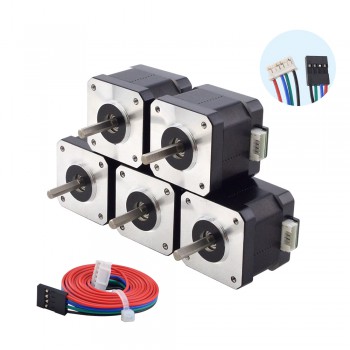What should take into considerations when buying stepper mot
Number of wires (unipolar/bipolar)
The Duet boards use bipolar stepper motor drivers. This means you can use stepper motors suitable for bipolar drive, which have 4, 6 or 8 wires. You cannot use motors with 5 wires, because those are intended to be driven in unipolar stepper mode only. (Some unipolar motors can be made into bipolar motors by cutting a trace on a circuit board.)
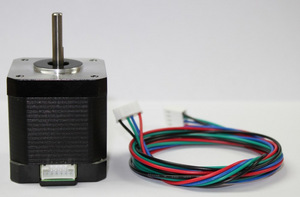
Rated current
This is the maximum current you may pass through both windings at the same time. The maximum current through one winding (which is what really matters when using microstepping) is rarely quoted and will be a little higher. However, even with one winding driven at the quoted rated current, the motor will get very hot. So the usual practice is to set the motor current to no more than about 85% of the rated current. Therefore, to get maximum torque out of your motors without overheating them, you should choose motors with a current rating no more than 25% higher than the recommended maximum stepper driver current. This gives:
Holding torque
This is the maximum torque that the motor can provide with both windings energised at full current before it starts jumping steps. The holding torque with one winding energised at the rated current is about 1/sqrt(2) times that. The torque is proportional to current (except at very low currents), so for example if you set the drivers to 85% of the motor rated current, then the maximum torque will be 85% * 0.707 = 60% of the specified holding torque.
Size
There are two relevant sizes: the Nema size number and the length. The Nema size number defines the square dimension of the body and the mounting hole positions. The popular size for 3D printers is nema size 17 stepper motor , which has a body no more than 42.3mm square and fixing holes in a square of side 31mm.
Step angle
There are two common step angles: 0.9 and 1.8 degrees per full step, corresponding to 400 and 200 steps/revolution. Most 3D printers use 1.8 deg/step motors.
Inductance
The inductance of the motor affects how fast the stepper motor driver can drive the motor before the torque drops off. If we temporarily ignore the back emf due to rotation (see later) and the rated motor voltage is much less than the driver supply voltage, then the maximum revs/second before torque drops off is.
Resistance and rated voltage
These are simply the resistance per phase, and the voltage drop across each phase when the motor is stationary and the phase is passing its rated current (which is the produce of the resistance and the rated current). These are unimportant, except that the rated voltage should be well below the power supply voltage to the stepper drivers.
Back emf due to rotation
When a stepper motor rotates it produces a back emf. At the zero lag angle, this is 90 degrees out of phase with the driving voltage, and in phase with the back emf due to inductance. When the motor is producing maximum torque and is on the verge of skipping a step, it is in phase with the current.
Previous:How to Choose a Stepper motor Suitable for You?
Next:What is the theory of stepper motors?

